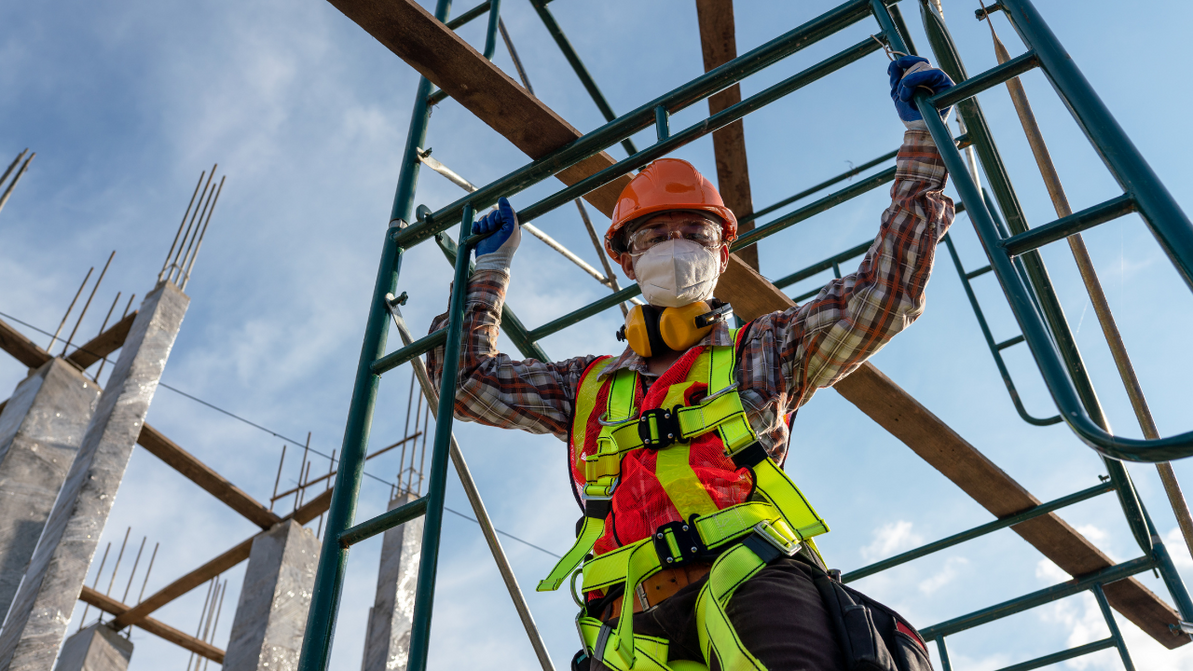Top 9 Essential Tools for Scaffolding: Ensuring Efficiency and Safety
Scaffolding is a crucial component of any construction project, providing a stable scaffold platform for workers to perform tasks at various heights. To carry out scaffolding tasks efficiently with proper scaffolding safety, it is essential to have the right scaffolding tools and PPE at your disposal. In this blog post, we will outline the top 10 must-have scaffold tools for scaffolding safety and discuss their functions and importance in ensuring efficient and safe scaffolding operations.
Types of Scaffolding Tools
1. Scaffold Wrenches:
Scaffold wrenches are specifically designed to tighten or loosen bolts and couplers used in scaffolding structures. These wrenches are usually ratchet-based, making it easier and faster to tighten or loosen connections. A high-quality scaffold wrench ensures that all connections are secure, minimizing the risk of accidents caused by loose or unstable scaffolding.
2. Pliers:
Achieving levelness is vital for ensuring the stability and safety of scaffolding structures. Levels are essential tools for ensuring accurate horizontal and vertical alignment. Whether you are erecting scaffolding or aligning platforms, having a reliable level is crucial for maintaining a stable and secure working area.
3. Levels:
Achieving a level structure is vital for the safety and stability of scaffolding. Levels are essential tools for checking both horizontal and vertical alignments, whether you're erecting scaffolding or setting up platforms. A reliable level ensures a stable and secure working environment.
4. Safety Harnesses:
Lanyards are an integral part of a scaffolder's fall arrest system. They connect the safety harness to an anchorage point, providing a lifeline in the event of a fall. Ensure your lanyards have appropriate shock absorbers to minimize the impact of a sudden stop and reduce the risk of injury.
5. Lanyards:
Lanyards are an integral part of the fall arrest system, connecting safety harnesses to anchorage points. They act as a lifeline during falls, and using lanyards with shock absorbers is essential to reduce the impact of a sudden stop, thereby minimizing injury risks.
6. Scaffold Spanners:
Scaffold spanners are specifically designed for assembling and disassembling scaffolding structures. These spanners have a tapered end that fits securely onto the scaffold couplers, allowing for easy tightening or loosening of connections. Opt for spanners with long handles for increased leverage and efficiency.
7. Tape Measures:
Accuracy is crucial in scaffolding, and a reliable tape measure is a key tool for achieving precise measurements. Use a tape measure to determine heights, distances, and ensure that platforms are correctly positioned. Choose a durable and easy-to-read tape measure to avoid errors and miscalculations.
8. Scaffold Ratchets:
Scaffold ratchets are essential for securing scaffolding in place. These ratchets use a gear mechanism that allows for quick and efficient tightening of straps or tie-downs. With scaffold ratchets, you can ensure that your scaffolding remains stable and secure throughout the construction process.
9. Hard Hats:
Last but certainly not least, Hard Hats are crucial for protecting workers' heads from falling objects . Choose hard hats that meet industry safety standards and provide adequate comfort for all-day wear.
Having the right tools is essential when it comes to scaffolding operations. Each of the top 10 essential tools outlined here plays a vital role in ensuring efficient and safe scaffolding. By investing in high-quality tools and regularly maintaining them, you can significantly reduce the risk of accidents and create a secure working environment for your team. Remember, scaffolding safety should always be a top priority on every construction site.
Recent Posts
-
Scaffolding Rental vs. Turnkey Scaffolding Services: What Contractors Should Know Before Deciding
When you’re planning a project that requires scaffolding, one of the first decisions you’ll face is …Dec 19th 2025 -
Why Hiring a Professional Scaffolding Company Matters
Scaffolding is one of those things that people often underestimate—until something goes wrong. On pa …Dec 17th 2025 -
Scaffolding Impact on Project Scheduling & Deadlines
When people think about project delays, they usually blame weather, material shortages, or labor iss …Dec 15th 2025




